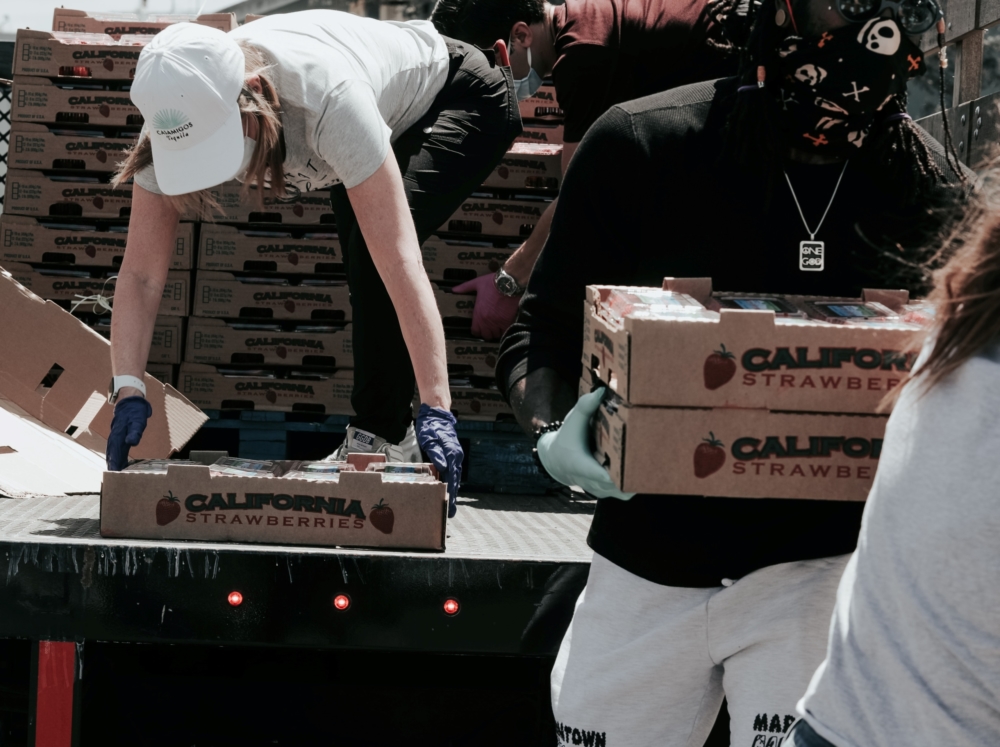On March 1st the Federal Government ended the Consolidated Appropriations Act of 2023. This bill ends the extra SNAP benefits after the February 2023 distributions. This means that Connecticut’s SNAP-eligible households received their last extra payment in February
Connecticut Food Bank – Foodshare is Connecticut’s regional food bank. Merged in 2021 for better service, they are members of the national Feeding America network. The Connecticut Food Bank is committed to alleviating hunger in Connecticut by providing food resources, raising awareness of the challenges of hunger, and advocating for people who need help meeting basic needs.
Connecticut Food Bank – Foodshare partners with the food industry, food growers, donors, and volunteers to distribute nutritious food to people in need. Last year through a network of nearly 700 community-based programs, the Connecticut Food Bank distributed enough food to provide more than 20.3 million meals. The Connecticut Food Bank provides food in six Connecticut counties – Fairfield, Litchfield, Middlesex, New Haven, New London, and Windham counties – where nearly 270,000 people struggle with hunger.
According to estimates from Feeding America, more than 490,000 Connecticut residents struggle with hunger; more than 131,000 children are food insecure. These are people from all walks of life – children, working parents, seniors, or people living with disabilities. They are your neighbors.
They work through a network of community-based programs, such as soup kitchens, food pantries and shelters to provide nutritious food to people in need. Last year, Connecticut Food Bank | Foodshare distributed enough food to prepare nearly 47 million meals to people in need in Connecticut.
What can you do? Every little bit helps. Five cans of food, $5, or five hours of your time can make a difference in the life of someone who doesn’t have enough to eat every day.
Even in a state as wealthy as Connecticut, there is need for food assistance in every community. Sometimes the difference between a family that uses a food program and one that doesn’t is the sudden loss of a job, an illness or unexpected rise in health care or utilities expenses.
The Feeding America Hunger In America 2014 study surveyed food pantry and soup kitchen clients in our six-county service area and revealed that in the previous 12 months:
73% had to choose between food or utilities
63% had to choose between food or rent
68% had to choose between food or medical care
According to the U.S. Census Household Pulse Survey data, food insufficiency — or “sometimes” or “often” not having enough to eat — continues to be over twice as high for Black and Latino adults compared to white adults.
“SNAP is able to protect people. It pushes them out of the poverty hole. It allows them to have enough resources to be able to feed their kiddos and I think it’s important to know that while this is the Supplemental Nutrition Assistance Program for many of these families, it is also their one sole income to feed their families,” Gina Plata-Nino, Food Research and Action Center (FRAC) deputy director for SNAP.
Nearly 30 million Americans could see reduced payments when the expanded SNAP benefits expire, Black and Latino communities may be pushed below the poverty line without the support of the emergency allotments, which were temporarily extended during a time of financial and economic hardship from the pandemic.
According to an August 2022 study from the Urban Institute, SNAP’s benefits kept 4.2 million people out of poverty since the fourth quarter of 2021, with the largest poverty reduction from the program for Black and Hispanic people. The emergency allotments reduced poverty by 10% and child poverty by 14% in their states, according to the study.
“It’s important to know that communities of color have a higher rate of poverty at a national and statewide level than their white counterparts. Because of that, they’re already at a disadvantage in terms of access to benefits,” said Plata-Nino.
She said she also worries how food banks will be able to pivot during a time of record inflation, with food prices up 10.1% in January, compared with a year ago, according to the U.S. Bureau of Labor Statistics.
Although some households may see around $95 or less gone in their budget for groceries, according to the Center on Budget and Policy Priorities, a left-leaning think tank, factors such as family size and income can result in some families losing hundreds of dollars each month.
From butter’s price recently rising an average of 31% to bread being up 15%, year over year, according to inflation data, SNAP users to the legislators to help those in the community who need it most.
For further information or to view the Map the Meal Gap go to www.ctfoodbank.org, like us on Facebook and follow @CTFoodBank on Twitter and Instagram.

